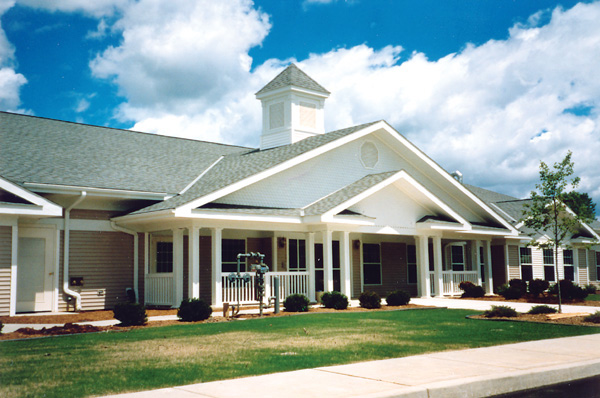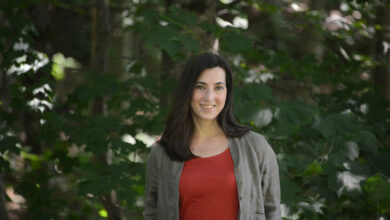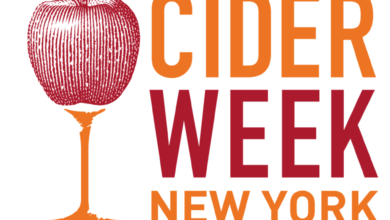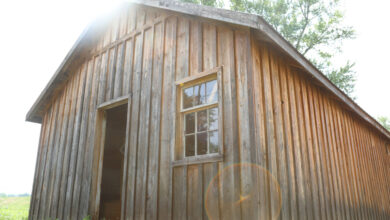DEC stocks lake herring
Lake herring was stocked into Irondequoit Bay on Lake Ontario by the New York State Department of Environmental Conservation (DEC) and partner agencies. Until the mid 1950s, Lake Ontario was home to a diverse group of whitefish that included as many as seven species that occupied varying depths of the lake.
Only three species are known to remain, the lake whitefish, round whitefish and lake herring. The abundance and distribution of these species in the lake is now greatly reduced. DEC recently announced the first re-introduction of the bloater, a deep water form of whitefish, into Lake Ontario. Lake herring occupy and spawn in shallower water relative to the bloater, and spawn earlier in winter.
Re-establishing self-sustaining populations of native whitefishes in Lake Ontario is the focus of cooperative efforts between DEC, the U.S. Geological Survey (USGS), the Ontario Ministry of Natural Resources (OMNR), and the U.S. Fish and Wildlife Service (USFWS), and the Great Lakes Fishery Commission, with supporting research conducted by The Nature Conservancy.
Trout and salmon that feed primarily on invasive alewife can experience reproductive failure due to a vitamin B deficiency. Predators that feed on native species like lake herring and bloater are less likely to experience reproductive failure.
Michael Morencie, Director of the Fish and Wildlife Services Branch of the Ontario Ministry of Natural Resources, said that Ontario has a strong commitment to restoring native species in Lake Ontario. This stocking event represents another pivotal benchmark in the efforts to restore native species diversity in the lake.
Lake herring were once an important prey fish in Lake Ontario, and supported important commercial fisheries that collapsed in the early 1950s largely due to over-harvest. In New York waters of Lake Ontario, lake herring historically spawned in Irondequoit Bay, Sodus Bay, the Sandy Pond, and Chaumont Bay. Ongoing research has documented current lake herring spawning only in Chaumont Bay.
The juvenile lake herring that will be stocked this week originated from eggs collected by DEC staff in Chaumont Bay during November and December 2011. Lake herring eggs were hatched and juveniles reared at the USGS Tunison Laboratory of Aquatic Sciences in Cortland, NY. Irondequoit Bay is adjacent to the Rochester Area of Concern (AOC), and is the focus of international efforts to restore habitats and human uses impacted by historic chemical contamination.
Russ Strach, Director of the USGS Great Lakes Science Center, said, “We’re proud to be a partner in restoring lake herring spawning populations in Lake Ontario. It is fitting that we have selected Irondequoit Bay as our first stocking site, as we hope to re-establish a self-sustaining lake herring population associated with the Rochester AOC.”





